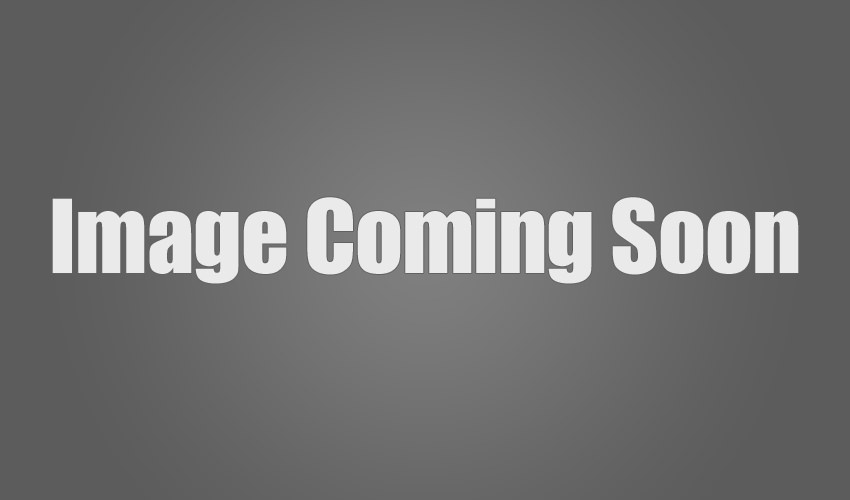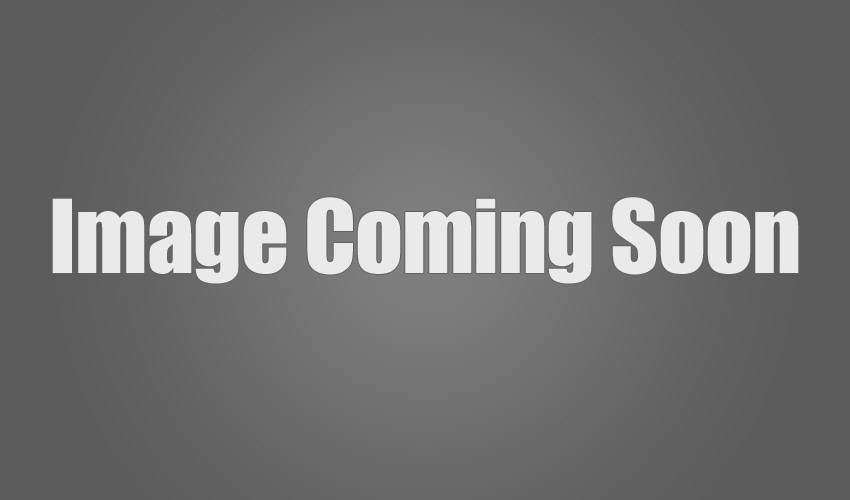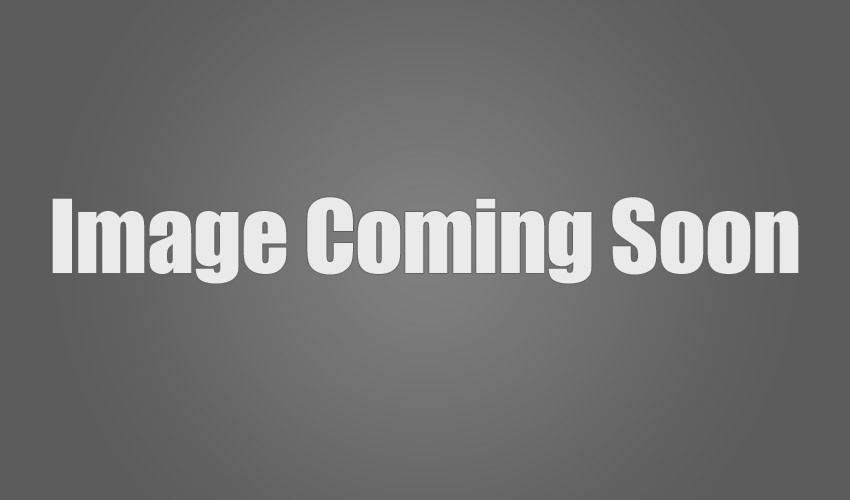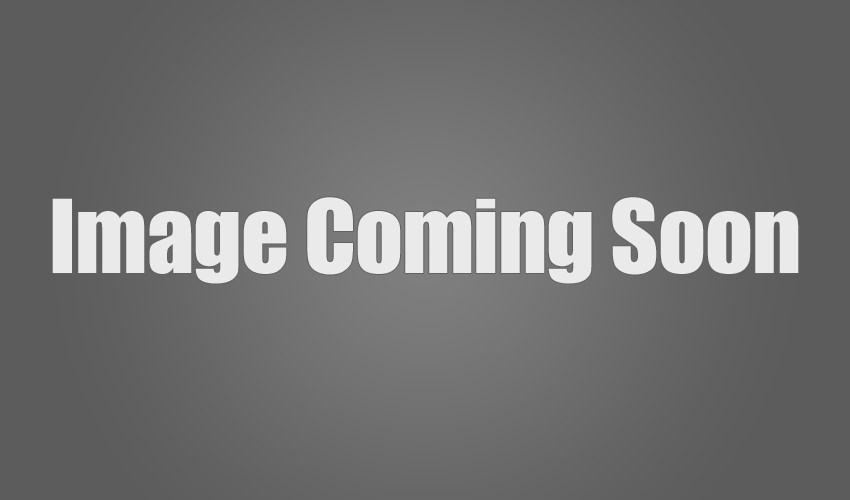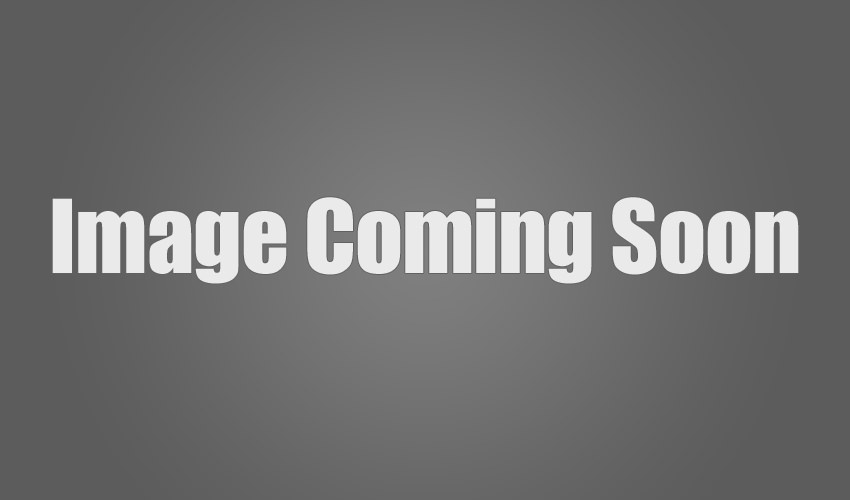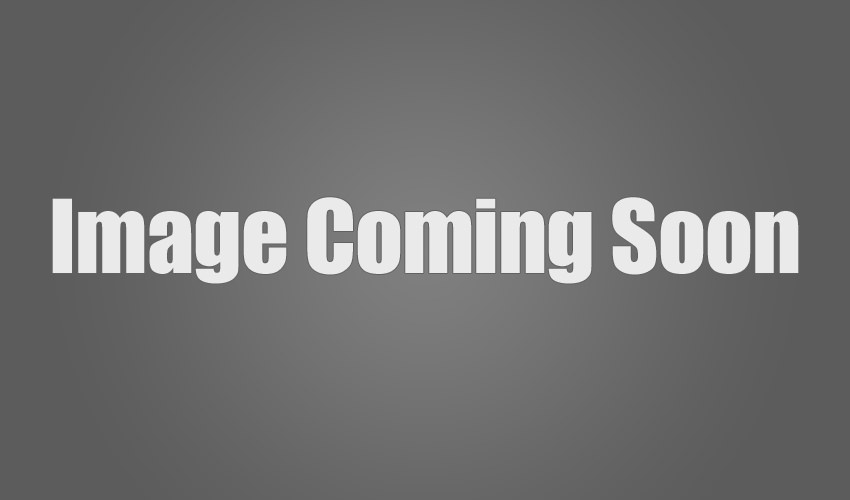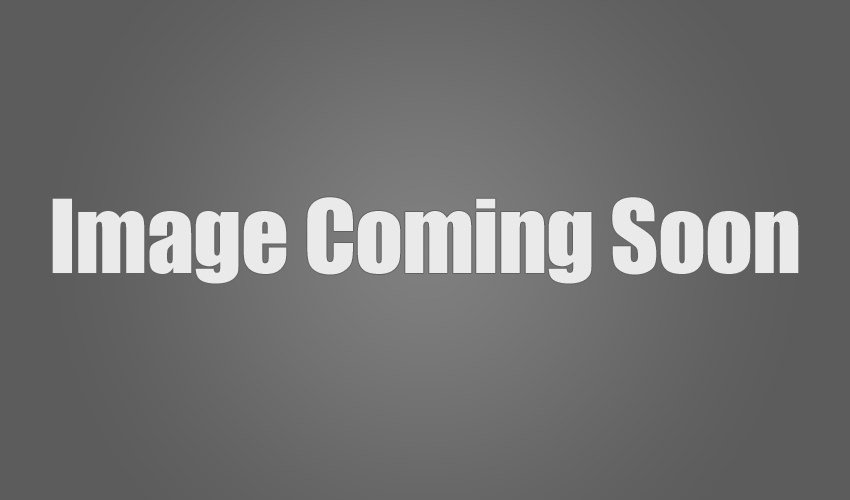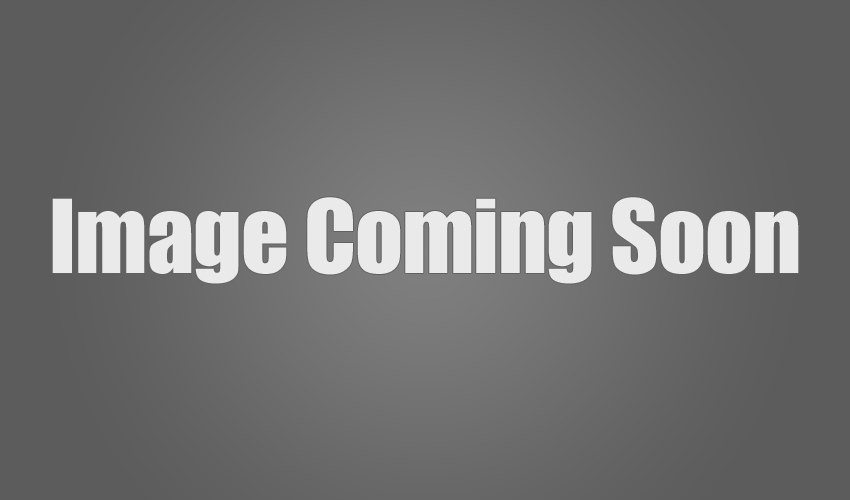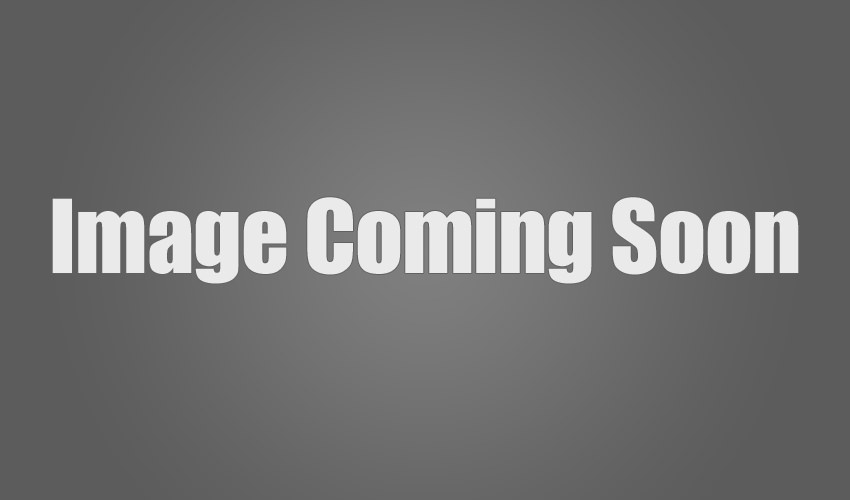Ok, so I am pretty comfortable with the sharpening of plain edge knifes, and have plenty of stones and various tools for that. Sharpening serrated edges is something of a puzzle to me, though, and I am wondering if anyone has suggestions. I don't have many serrated knives, but I do have a couple. A CRKT beater or two for rough work on the farm or whatever where I don't want to worry about hurting my knife, and my river rescue knives, a Spyderco and a CRKT (because serrated edges are your friend for super quick cutting of things one can become tangled in).
The Spyderco knife suggested their triangle stick sharpening system. I guess use the sticks in a position where you are sharpening against the edges, rather than the flat sides you would normally use.
I know that Lansky makes hones for their system (which I do have one of that someone gave me, although I am not generally a huge fan) for serrated blades. They also seem to have a little triangular hand held hone specifically designed for Spyderco serrations
Also, I noticed that DMT makes little tapered rod hones for serrated sharpening.
-Mo
The Spyderco knife suggested their triangle stick sharpening system. I guess use the sticks in a position where you are sharpening against the edges, rather than the flat sides you would normally use.
I know that Lansky makes hones for their system (which I do have one of that someone gave me, although I am not generally a huge fan) for serrated blades. They also seem to have a little triangular hand held hone specifically designed for Spyderco serrations
Also, I noticed that DMT makes little tapered rod hones for serrated sharpening.
-Mo


